|
Chilled Beer, Cool Movies, even Cooled Seats... Go ahead and grab a cold one, but don't vilify those who brought it to you, because (perhaps) they brought more good than harm. The term “air conditioning” actually originated with textile engineer Stuart H. Cramer. Cramer used the phrase “air conditioning” in a 1906 patent claim he filed for a device that added water vapor to the air in textile plants to condition the yarn. This invention became the Humidifier, which is essentially the opposite of what we now know as Air Conditioning. In 1902 just one year after Willis Carrier graduated from Cornell University with a masters in Engineering He was making $10 a week at the Buffalo Forge Company, A year out of college, and Carrier’s “Apparatus for Treating Air” was already in operation for a Brooklyn printing company, Fluctuations in heat and humidity in his plant caused the dimensions of printing paper to alter and create misalignment of the colored inks. The new air conditioning machine created a stable cool dry environment and, as a result, aligned four-color printing became possible His first of several patents was awarded to Willis Carrier four years later. Carrier is recognized as the “father of air conditioning.” In 1911 Carrier published his basic “Rational Psychrometric Formulae” to the American Society of Mechanical Engineers. His formula remains today as the basis in all fundamental calculations for the air conditioning industry. Carrier said he received a “flash of genius” while awaiting a train on a foggy night. He was thinking about the problem of temperature and humidity control and by the time the train arrived, he said he understood the relationship between temperature, humidity and dew point. 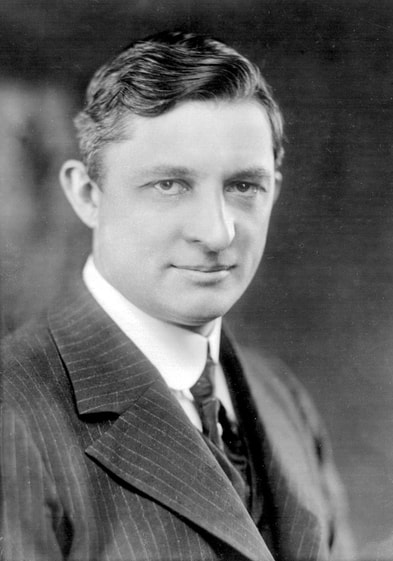 Thank This Guy in July -- Photo Credit: 100th Anniversary Carrier Corporation, Thank This Guy in July -- Photo Credit: 100th Anniversary Carrier Corporation, Because of Carrier, temperature and humidity levels could now be controlled, and with impediments removed, Manufacturers could scale production regardless of the weather to improve productivity in Meat, Medicine, Textiles, Printing, Prayer, and even Office Work. Charles Franklin Kettering invented many things, He invented an easy credit approval system, a precursor to today's credit cards, authorization system. In fact you’d likely wait the same amount of time from swipe to signature today as his O.K. system in 1920. Kettering also invented the electric cash register for NCR (National Cash Register), which remained in production for 40 years. These allowed sales clerks around the globe to manage transactions, authorize credit cards, and conduct commerce at a new clip. Later his electronic cash register would evolve into Code-Breaking devices for wartime cyphers, Followed by the folkloric Enigma Machine, and later your Computer. Shortly after Joining NCR Kettering’s coworkers were encouraging him to improve the automobile, Charles Kettering modified an internal combustion engine to run on kerosene. However, kerosene-fueled engines knocked, as trapped kerosene droplets would crack the cylinder heads and pistons. Thomas Midgley Jr. An associate of Kettering, discovered that the cause of the knocking was from the kerosene droplets vaporizing on combustion. Anti-knock agents were researched by Midgley, and subsequently tetraethyl lead was added to fuel. This led Thomas Midgley to invent leaded (ethyl) gasoline. With a smooth running engine, Kettering (working now at General Motors), invented the first electric automobile ignition system. The “self-starting” ignition was first installed in a Cadillac on February 17, 1911. The invention of the electric starter motor by Kettering eliminated the need for hand cranking, but equipped the automobile with a Lead Battery. Lazy Humans could now go forth by automobile, And do so with very little effort, and even bright lights. Lead would become ubiquitous when the new self-starting automobiles began to run upon leaded gasoline, ignited by a leaded battery. We were now set to scale up simple knock-free self-starting cars for everyone. Convenient Cars could belch lead and cast their leaded sheen over the coal dusted landscape. Midgley, now called the most destructive inventor of all time, kept secret the known hazard of Leaded Fuel until his death. In fairness Midgley and Kettering, moved the Fuel industry to efficiency, and thereby reduced emissions, and waste. Kettering and Midgley experimented with a variety of fuels, and patented many blends, He also discovered that the most interesting high-percentage anti-knock additive was ethyl alcohol (ethanol); Which is blended in fuel today to maximize it's efficacy, and reduce knock. With full credit to Carrier, it should come as no surprise that two of the most influential inventions, (perhaps ever); The Automobile, and the Air Conditioner, would become substantially improved by Kettering and Midgley, en-route to destroying the Ozone, and poisoning our landscape. But Air Conditioning and refrigeration, (arguably the coolest inventions of all time), were using ammonia, and other caustic, toxic, and flammable refrigerants, to cool and dry the air. In fact many arched top refrigerators stood in yards because of their propensity to catch fire, or sicken a household. These dangers became the devil you’d know. Comfort cooling evolved along side industrial utilization, and in 1924 three Carrier centrifugal chillers were installed for the J.L. Hudson Department Store in Detroit, Michigan. Shoppers flocked to enjoy an “air conditioned” store. The revolution of human cooling flowed from department stores to movie theaters, Matinee tickets were cheaper in the hot seats, Before the Rivoli Theater in New York installed their Carrier Chillers. “Cool Comfort” signs soared sales for the Summer film business, and as demand increased for safer refrigerators and cooler spaces, demand outpaced ingenuity. Refrigerators from the late 1800s until 1929 used the toxic gases, ammonia (NH3), methyl chloride (CH3Cl), and sulfur dioxide (SO2), as refrigerants. Several fatal accidents occurred in the 1920s because refrigerators leaked methyl chloride. Charles Kettering was the vice-president of the General Motors Research Corporation from 1920 to 1948, when Thomas Midgley was chosen by Kettering to head research into new refrigerants. An auspicious collaboration with Dupont, General Motors, and Frigidaire, lead to the development of a safer, and more effective refrigerant. In 1928, Midgley and Kettering invented a "miracle compound" called Freon. Frigidaire received the first patent, US#1,886,339, for the formula for CFCs on December 31, 1928. Freons, (unlike leaded fuel) are colorless, odorless, nonflammable, noncorrosive gases or liquids. They contain several different chlorofluorocarbons, or CFCs, a group of aliphatic organic compounds containing the elements carbon, fluorine, as well as halogens (especially chlorine) and hydrogen. These have been deployed in commerce and industry at incredible scale for a hundred years to improve production of nearly every industry from filmmaking, to food-processing. They are invisible and odorless, and so it’s no surprise that nobody saw them destroying our planet, in tandem with Leaded Fuel. These Hazards became the Invisible Devil. Willis Carrier developed the first residential “Weathermaker” air conditioner in 1928, for private home use. The Great Depression and World War II slowed the non-industrial implementation of air conditioning, which is just as well, because the new refrigerants would improve a rebound after the war. Packard would become the first automobile manufacturer to offer an air conditioned vehicle in 1929. Massive units about the size of a window AC unit today bolted in the trunk, consuming more than half of the boot, while pipes were run the length of the car to deliver the chill via vents. This “option” was installed by Bishop and Babcock (B&B), of Cleveland, Ohio. The B&B AC upgrade were ordered on approximately 2,000 cars. The "Bishop and Babcock Weather Conditioner" also incorporated a heater. Cars ordered with this option were shipped from Packard's East Grand Boulevard factory to the B&B factory where the conversion was performed. When finished, the car was shipped to your local dealer for pick-up by it’s wealthy clients. Packard warranted and supported their conversion. However, it wasn’t commercially successful in depression era America because of it’s price of $274. ($7500 in 2020 US dollars) CFCs, or Freon, are now infamous for greatly adding to the depletion of the earth's ozone shield. High up in the stratosphere is a 3mm thin veil of O3, which blocks (filters) UV wavelengths. This blanket guards against Ultra Violet bombardment from our sun. Leaded gasoline is also a major pollutant, A double duty damager producing burnt carbon, and toxic lead in spades, and dumping the heavy stuff in our drinking water, while floating the lighter stuff upward. Thomas Midgley secretly suffered from lead poisoning because of his inventions, and tunnel vision, a fact he kept hidden from the public, until his death.
Before everything went to shit with The War, America enjoyed cool Theaters, Cool Cars, and Cold Beer. Because of ozone depletion, Most uses of CFCs are now banned or severely restricted by the Montreal Protocol. Today, no suitable (general use non-flammable / non-toxic) alternatives to halocarbon refrigerants have been found to resolve problems innate to the original Freon Brands of Freon containing hydrofluorocarbons (HFCs) have replaced CFC’s for the same purposes, but they too, are under strict control under the Kyoto protocol. CFC’s & HFC’s are deemed "super-greenhouse effect" gasses. If you believe in that junk.Kettering holds over 186 patents from the Neonatal incubator, to Guided Missiles, and from Diesel Engines, to Automotive Paint. Of course every new feature comes with some bugs, and at a cost, -- So in consideration of a myriad improvement to human comfort afforded by your lovely Fridge, One’s car, or the humanity restored by your first 'Window Unit” — We have a few formerly unknown fellas to toast as the thermometer goes straight up. As you pull a frozen Hot Pocket from your ice-box, reflecting that you were lucky enough to be vaccinated, then you can thank Carrier, Kettering, Midgley, and (of course) our frenemy Freon.
0 Comments
Leave a Reply. |
Age and Treachery will overcome youth and skill. Archives
January 2024
Categories |
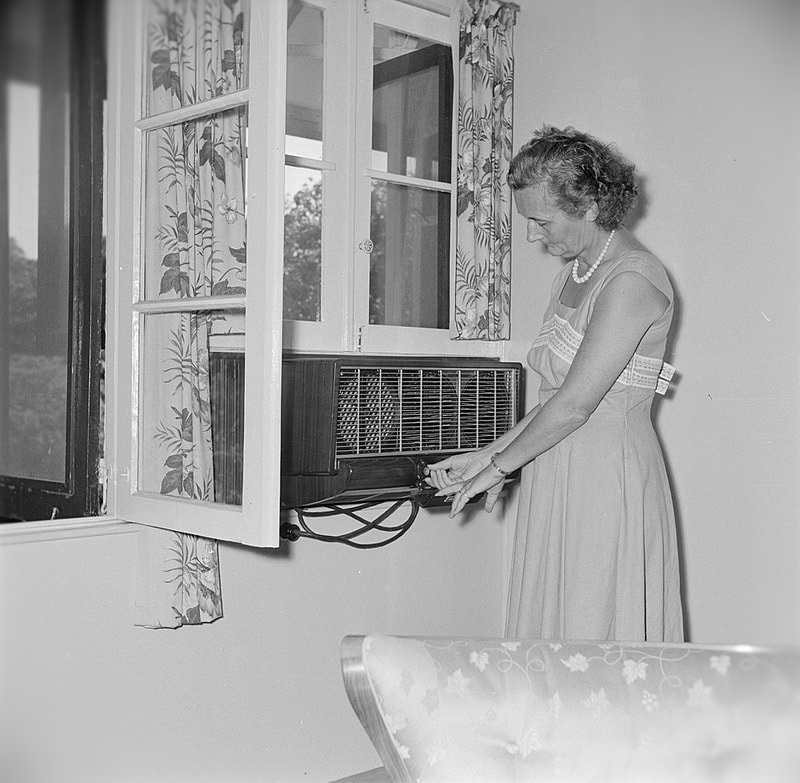
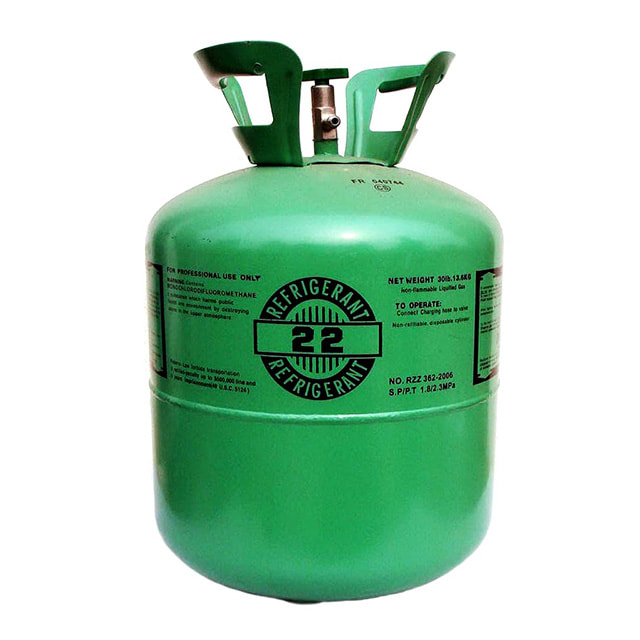
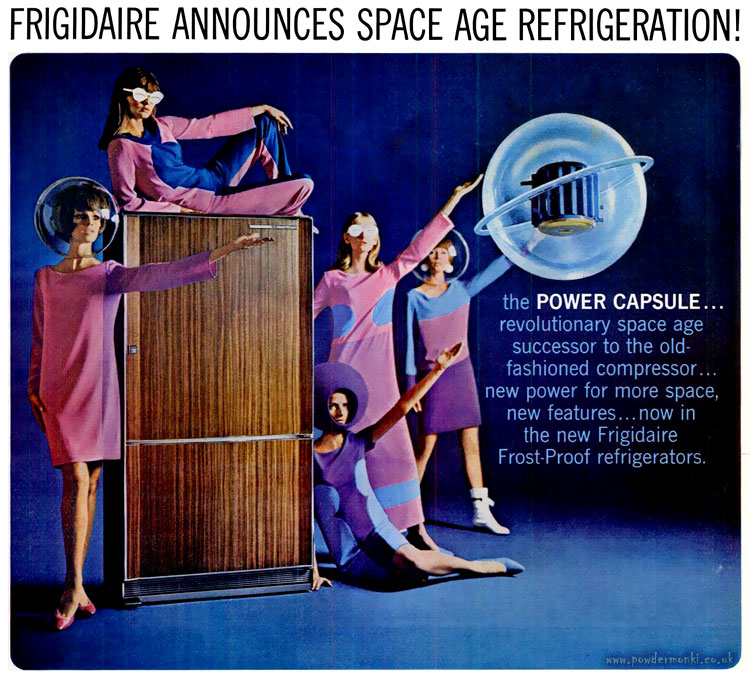
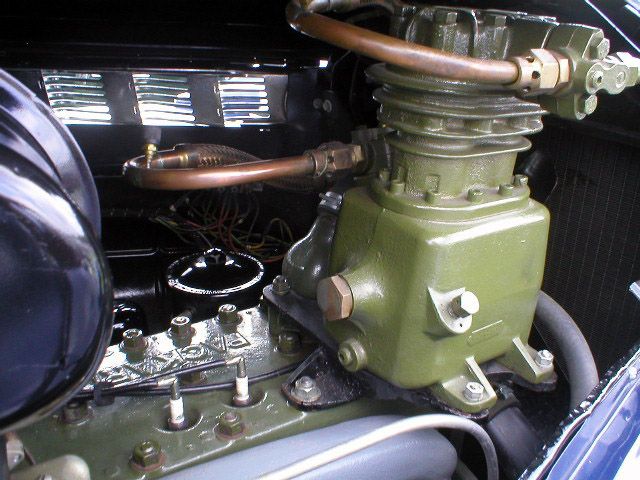
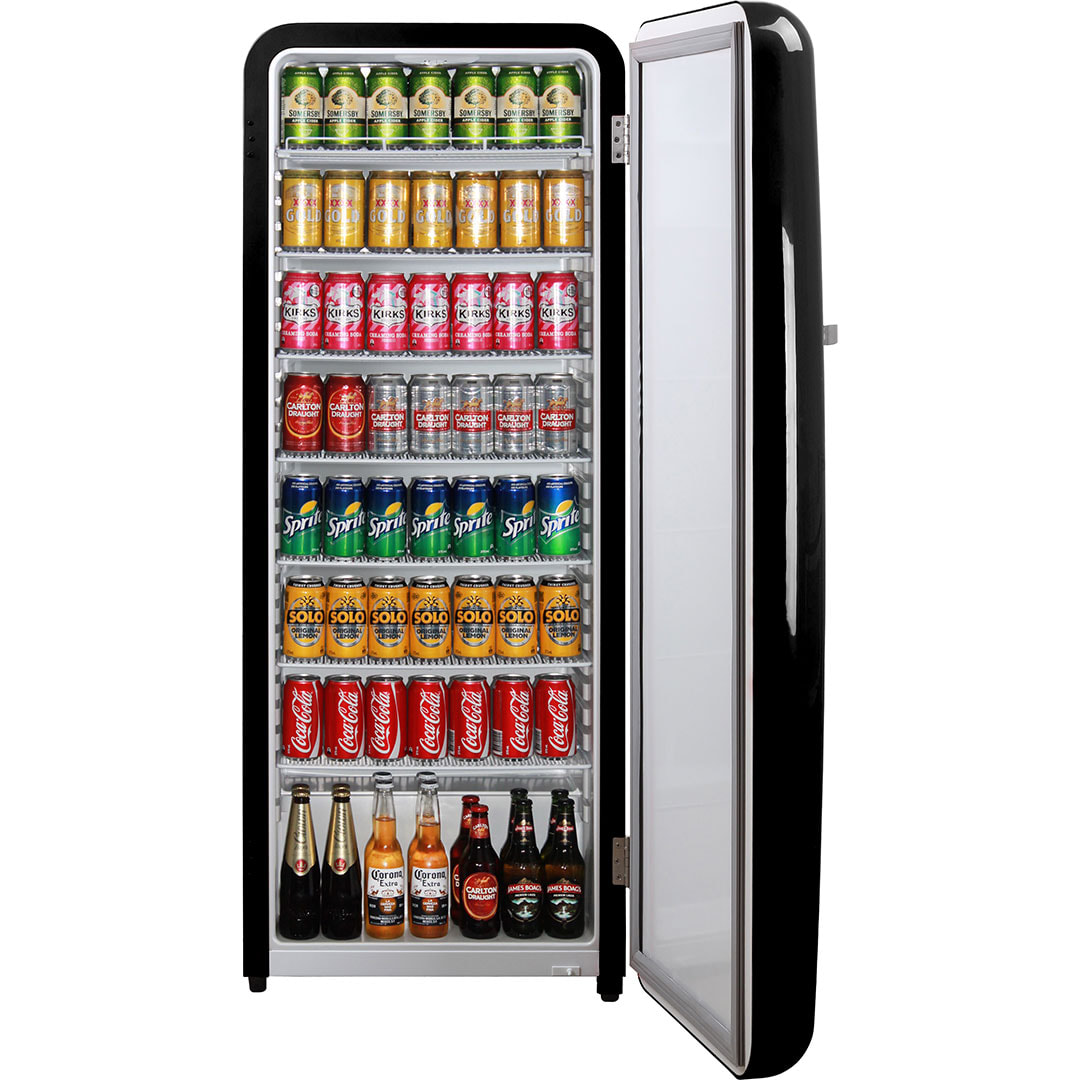
 RSS Feed
RSS Feed